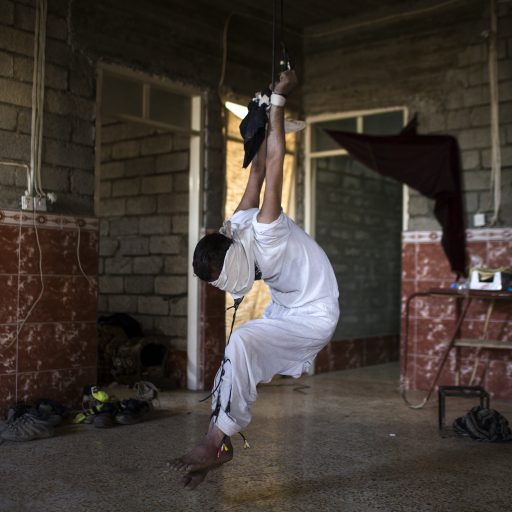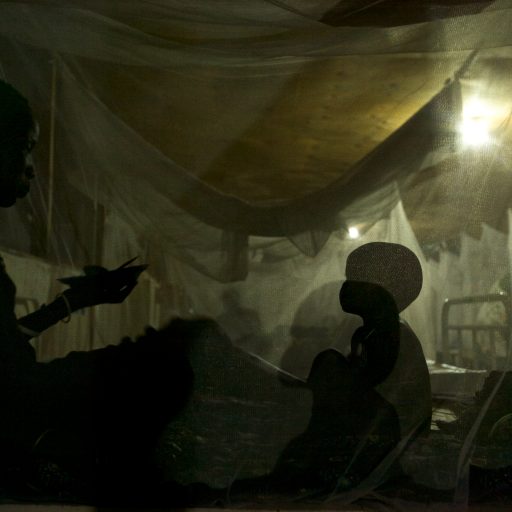In 2010, Doctors Without Borders/Médecins Sans Frontières (MSF) and The VII Foundation launched Starved for Attention, an international multimedia campaign to rewrite the story of childhood malnutrition.
Starved for Attention has been nominated for a News and Documentary Emmy Award, a milestone recognition of an innovative form of advocacy journalism.
Petition signatures were collected from people around the world who joined us in demanding that donor nations stop supplying nutritionally substandard food to malnourished children.


